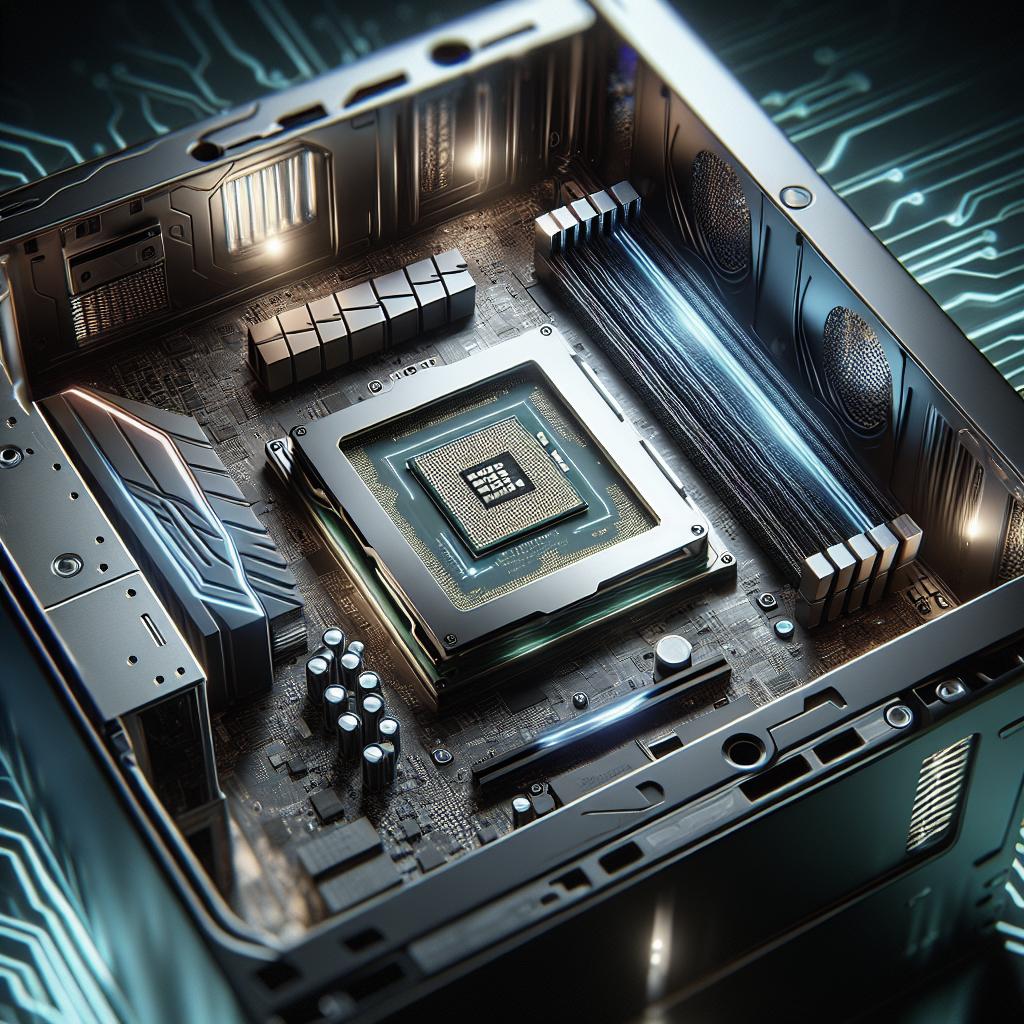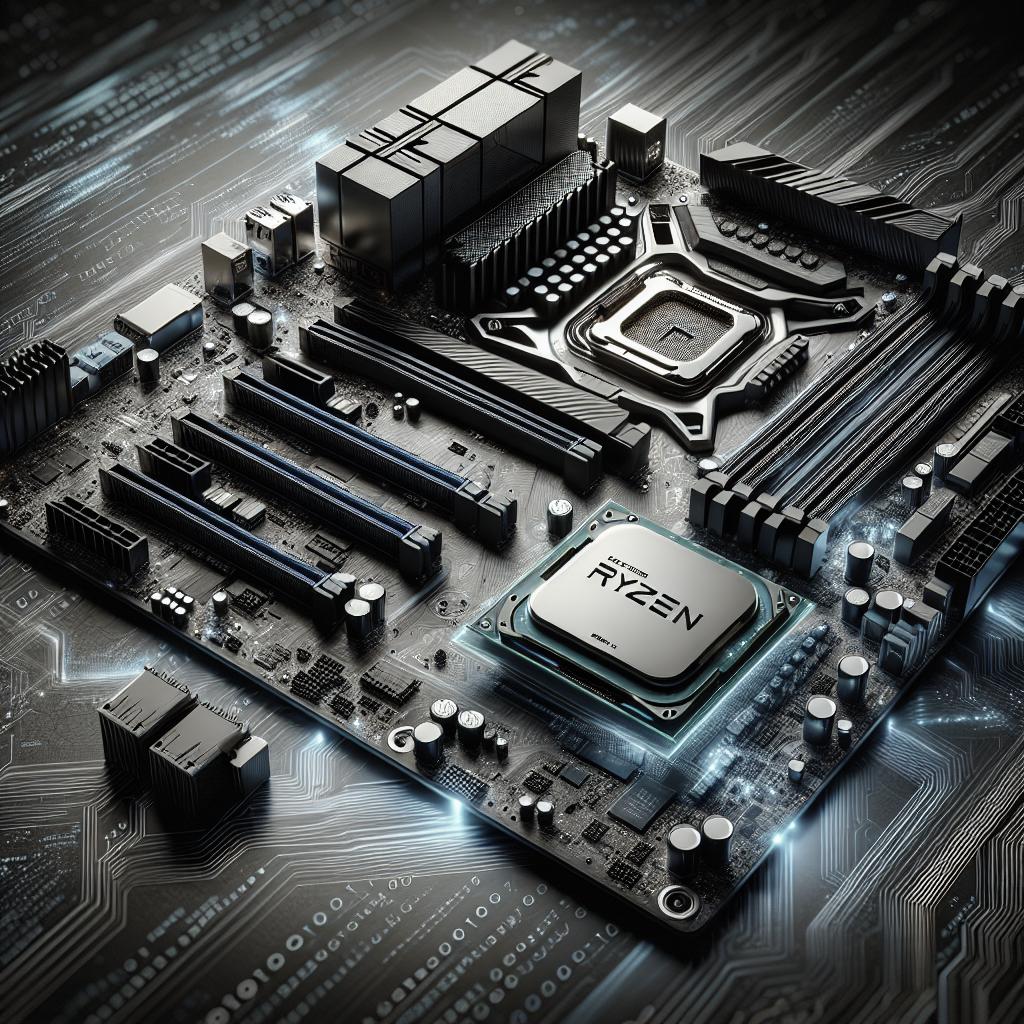“`html
How Much Space Does Valorant Take?
Riot Games’ popular tactical shooter, Valorant, has taken the gaming world by storm since its launch. As with any game, players are keen to know just how much space it will require on their systems. This blog post will delve into the game’s initial download size, how frequent updates may affect storage needs, and what gamers can expect in terms of system requirements in 2024. We’ll dissect the minimum, recommended, and high-end specs needed to ensure optimal performance. Whether you’re a casual player or aspiring esports athlete, understanding these storage requirements is crucial for a smooth gaming experience.
How Many GB is VALORANT?
VALORANT’s initial download size is surprisingly modest compared to other modern games. The base game only requires about 8 GB of free storage space, making it accessible even for gamers who may not have expansive storage capabilities on their computers. This compact size is due to the game’s design, which optimizes networking and gameplay mechanics over high-resolution textures.
However, it is important to note that the actual installed size of the game may increase over time due to patches, updates, and additional content that may be rolled out. While the initial download might be around 8 GB, post-installation and regular updates might push this size closer to 20 GB, which is still reasonably manageable for most players.
Riot Games prioritizes efficient updates by compressing files and ensuring that players only need to download necessary data, minimizing the overall storage impact. Thus, even with ongoing enhancements and additional content, Valorant remains relatively light on system resources compared to other FPS titles on the market.
How Big are VALORANT Updates?
VALORANT updates vary considerably in size, typically ranging from 1 GB to 5 GB, depending on the scope of changes. These updates may include bug fixes, new agent releases, weapon balance adjustments, and other gameplay enhancements. Riot Games frequently introduces new content to keep the game fresh and engaging, which partially contributes to these updates.
Players can expect major updates each act, roughly every two months, while minor patches may come more frequently. These updates usually aim at improving game mechanics, addressing community feedback, and introducing quality-of-life improvements. Despite the size of these updates, Riot Games is mindful of download times and internet bandwidth, striving to deliver content efficiently.
To manage disk space effectively, players might occasionally need to free up space or consider external storage options if their disk space becomes limited. Valorant’s user-centric approach focuses on providing gamers with a seamless experience that minimizes download times while maximizing in-game enjoyment.
VALORANT System Requirements in 2024
VALORANT Minimum System Requirements (30 FPS)
For those aiming to play VALORANT with basic settings at 30 FPS, the game remains quite forgiving. As of 2024, the minimum system requirements include a Windows 7/8/10/11 operating system, an Intel Core 2 Duo E8400 CPU, and a basic Intel HD 3000 graphics card. Players need at least 4 GB of RAM, which has become a standard for most computers, with 20 GB of free storage to allow for game files and updates.
These requirements ensure the game is accessible to a wide range of players, even those with dated or less powerful systems. VALORANT’s consistent focus on optimized performance over flashy graphics allows it to stand out in the competitive shooter genre, catering to players preferring functionality over aesthetics.
VALORANT Recommended System Specs (60 FPS)
For gamers aspiring to enjoy VALORANT at a smooth 60 FPS, the recommended system requirements are slightly more demanding but still accessible. In 2024, players should aim for at least a Windows 10/11 operating system, an Intel i3-4150 CPU or its AMD equivalent, and a GeForce GT 730 or similar graphics card. Suitable RAM remains at 4 GB, with the same 20 GB free storage requirement.
These specs provide a good balance for players seeking fluid gameplay without sacrificing too much visual fidelity. The recommended settings allow for more detailed graphics and smoother overall performance, making the game more enjoyable in both casual and competitive scenes.
VALORANT High-End System Requirements (144 FPS)
For an edge in competitive play, or simply to enjoy the game at its peak performance, high-end system specifications enable gameplay at 144 FPS. As of 2024, this would require a Windows 10/11 operating system, an Intel i5-9400F CPU or its AMD counterpart, and a GTX 1050 Ti GPU. This setup should be paired with at least 8 GB of RAM, matching other resource-demanding titles, with a consistent 20 GB of available storage.
Playing at 144 FPS allows for quicker reaction times and a visually seamless experience, critical in high-stakes matches. Such specifications reflect the high standards of experienced gamers looking to compete at the highest levels or simply enjoy a buttery-smooth gaming experience.
Future Prospects
| Aspect | Details |
|---|---|
| Initial Download Size | Approximately 8 GB |
| Updates Range | 1 GB to 5 GB per update |
| Minimum Requirements (30 FPS) | Intel Core 2 Duo E8400, Intel HD 3000, 4 GB RAM |
| Recommended Specs (60 FPS) | Intel i3-4150, GeForce GT 730, 4 GB RAM |
| High-End Requirements (144 FPS) | Intel i5-9400F, GTX 1050 Ti, 8 GB RAM |
| Free Storage for Installation | 20 GB |
“`


